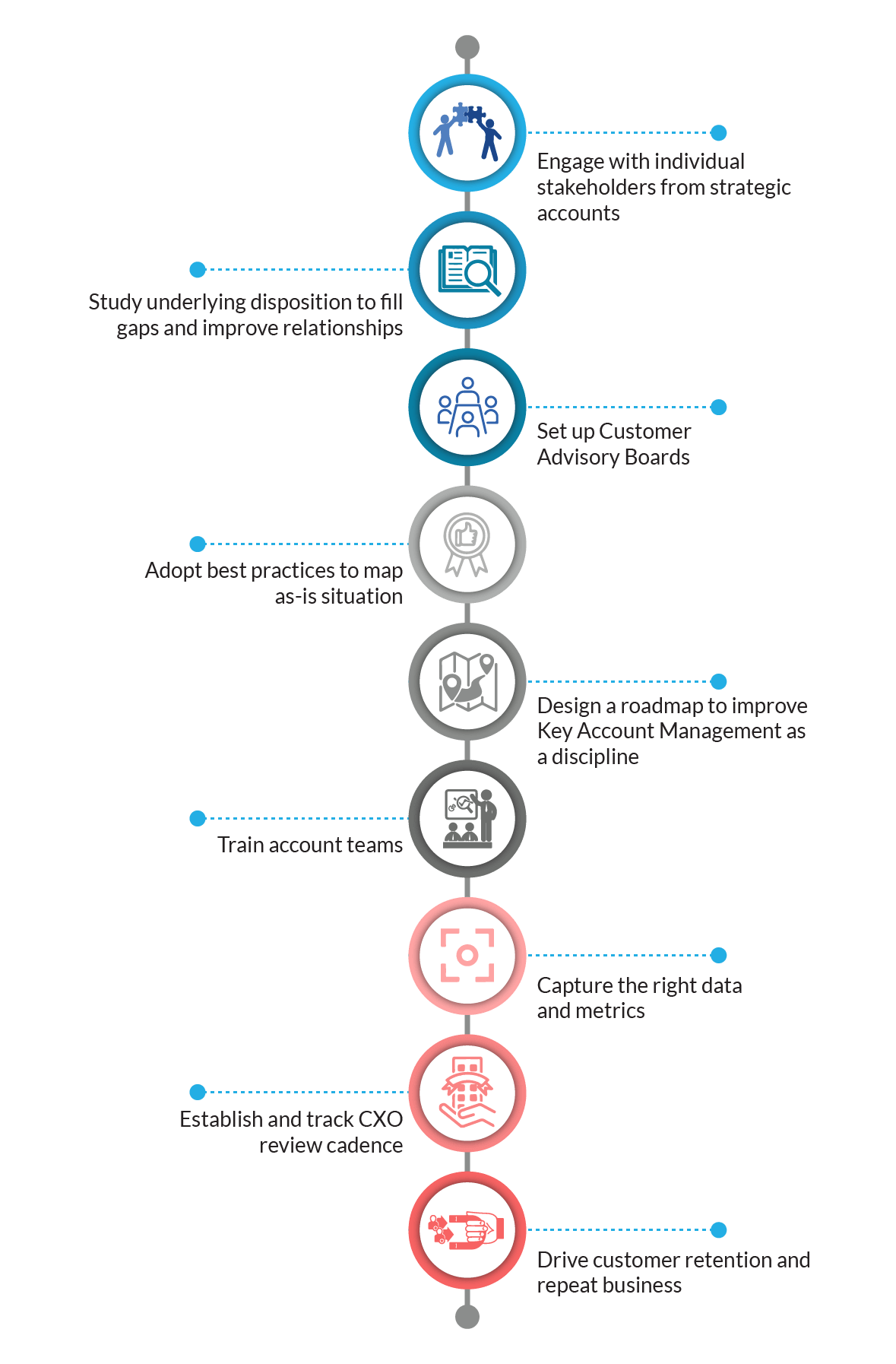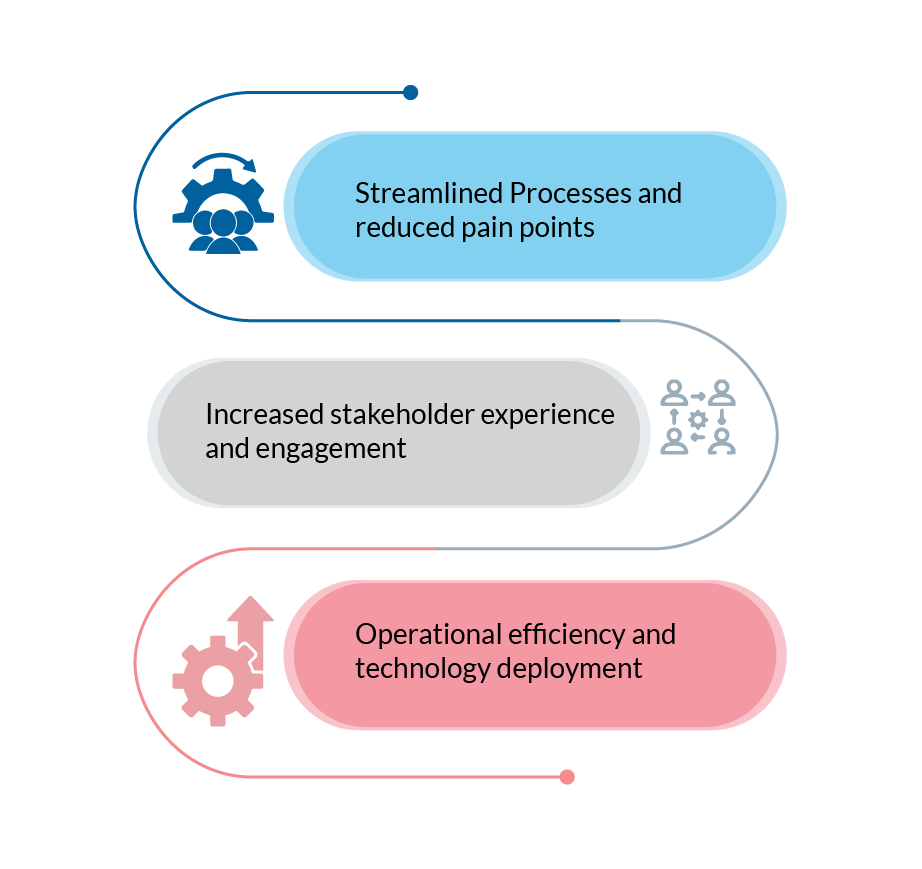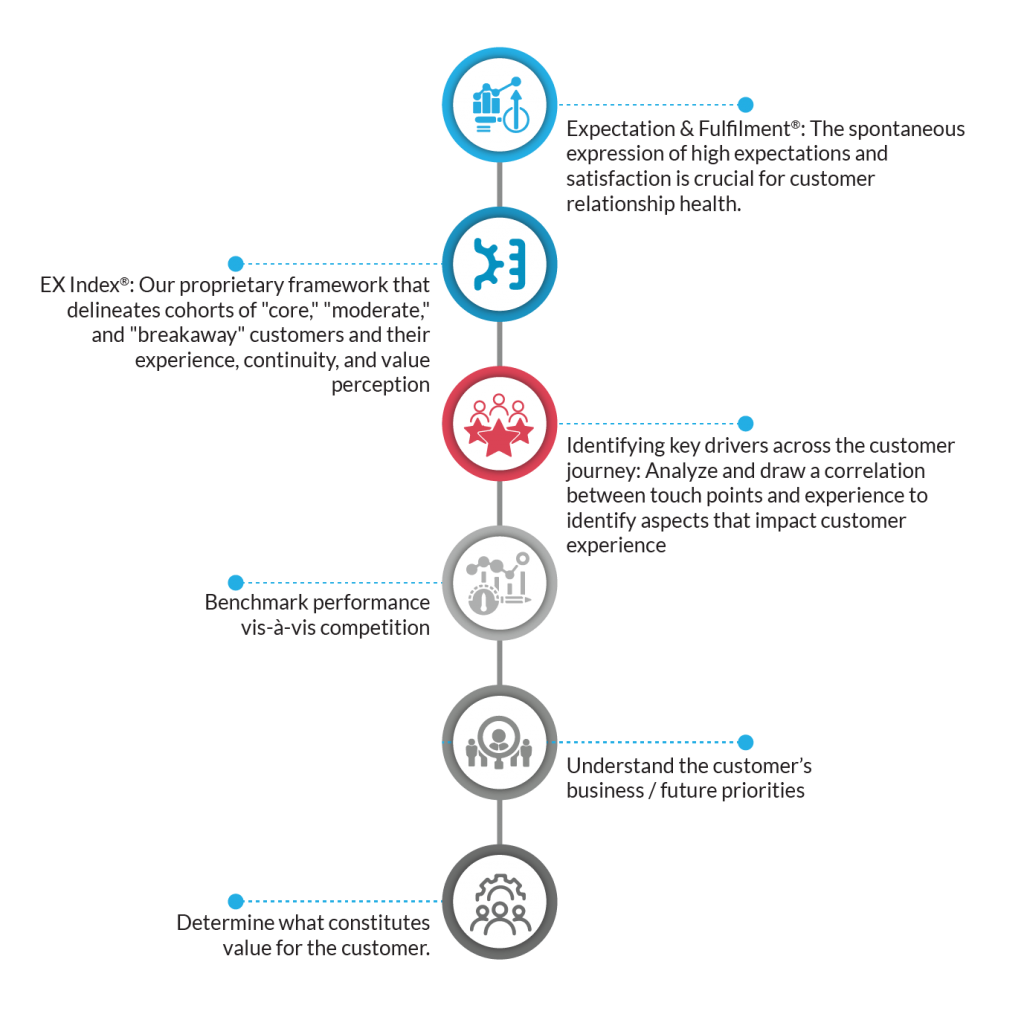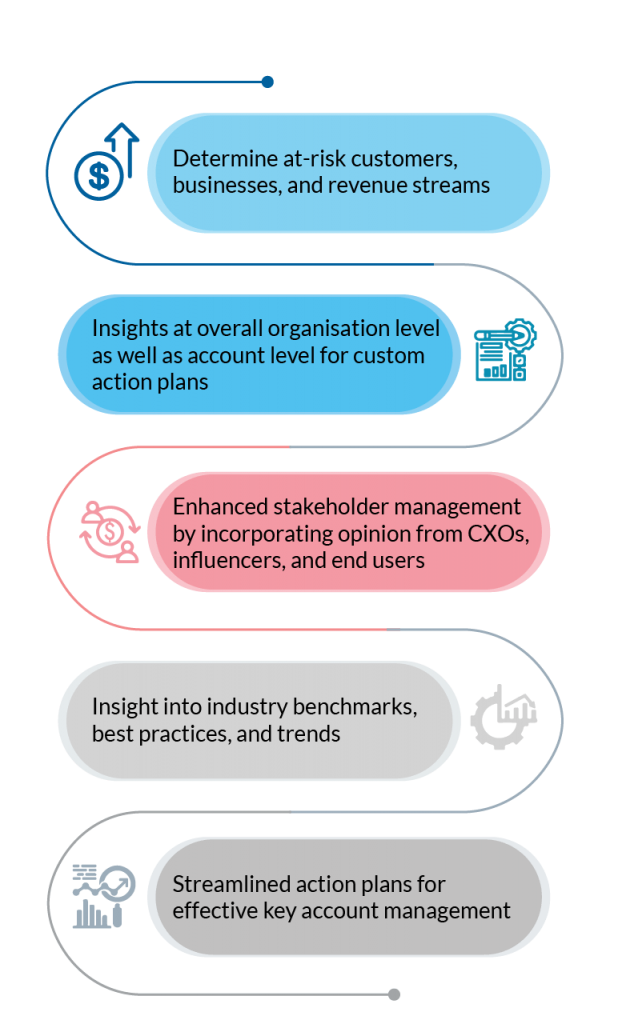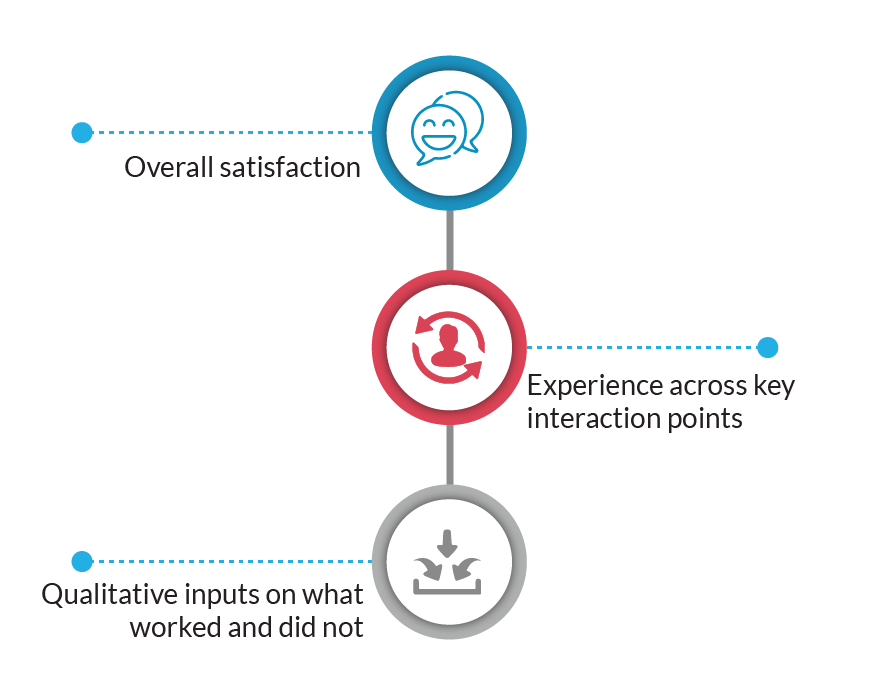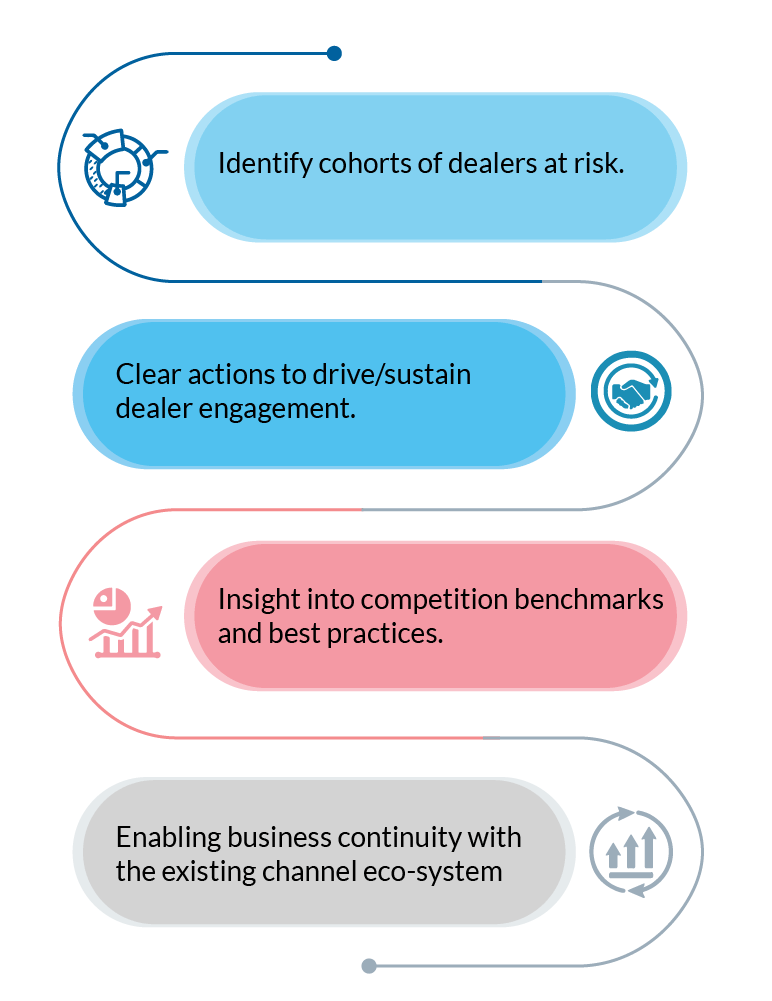Most B2B firms worth their salt have a formal annual customer satisfaction/ engagement survey which is usually conducted by a central business enabling function i.e. marketing or a quality department.
Firms usually review and act on the feedback at a company level
Impressive read-outs, analysis are presented to CXOs, boards and management councils in an annual strategy retreat. Some actions are prioritized and some are left on the table because of strategic and cost imperatives. Some of the customer feedback impacts employee KRAs and some tangible impact on the bonuses and data is forgotten by next business quarter.
Firms typically don’t act on the feedback at respondent or account level
So what happens to a customer stakeholder who actually took out 15 minutes of his/her time to fill out a web-survey or participated in a telephonic interview and never hears back from you.
Addressing actions at an account and respondent level is where many firms miss a beat by not “closing the loop”.
The concerns raised by respondents could be as innocuous as resourcing issues or after sales service support to more serious concerns regarding service quality or inability to add value beyond the brief.
What are the typical challenges in implementing the customer feedback at the ground level
- Lack of Acceptance of customer feedback: In cases there is a lack of wholehearted acceptance especially in case of low scores, sales and delivery managers question the data source which is more an attempt to kill the messenger instead of accepting the message.
- Ownership of the actions at the organization level: Even if account managers agree to an account specific plan and agree to 5 actions at the conclusion of the CSAT survey exercise, there are very few mechanisms to track the actions at the central level (some firms house this as a “business excellence” initiative which is more a check in the box)
- Most firms don’t do an “Voice of Internal Stakeholder”: While most firms do conduct voice of customer surveys, few firms conduct an internal exercise to understand how key internal executives, account managers, delivery functions and leadership view an particular account in terms of growth, strategic and operational levers and health of the relationship.
An exercise like “Voice of Internal Stakeholder” will help determine the priority of actions looking at “Outside In” view (customer feedback) and “Inside Out” view (internal stakeholder) to help craft a robust improvement action plan.
Communication of actions to customer: The most important action in this exercise is ensuring the following
- Acknowledge the feedback after the survey is completed (thank you note)
- Share your action plan (list of things you plan to change) within 1-2 months of survey closure
- Keep an open channel, communicate the progress over the year
- Close the loop on the actions and invite participation for the next year’s survey
Conducting a survey is just half the journey, in order to drive true customer engagement, closing the loop matters a lot and this cannot be left to a central function like marketing or quality team but rather requires participation from the entire firm.





























